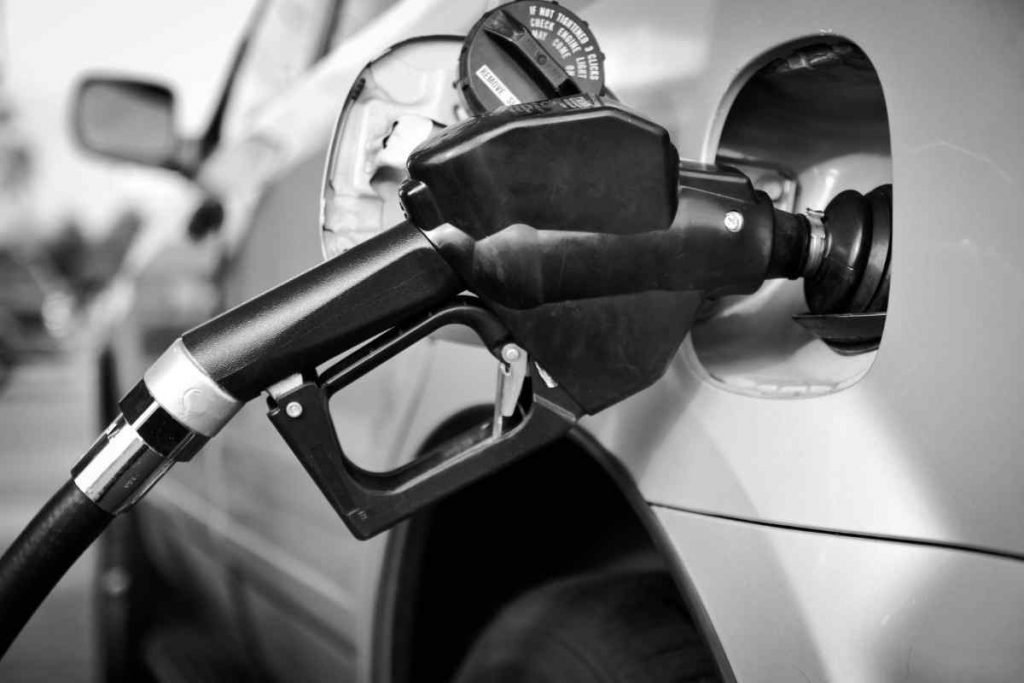Because of a series of global events, the price of petrol has gone up. If you don’t drive often, you may not have felt the effects thus far. But if you’re a car owner, you’ve probably baulked too many times at the total cost displayed at the pump.
The good thing is that there are plenty of simple steps you can take to save on fuel. Some of them require you to spend a bit of money on maintenance, but the overall improvement on efficiency is well worth the cost. Here are just a few things you can do:

Tune-Up the Engine
One of the best ways to save on fuel is vehicle maintenance. In particular, make sure that your engine is in good shape. Have it checked regularly so you can head off issues that affect your gas mileage. Depending on the vehicle, you may notice your fuel consumption decrease by up to 40 percent.
To know when your engine is due for an inspection, check your owner’s manual. For newer car models, you may need a tune-up every 35,000 kilometres. If you have an older vehicle, the interval may be shorter.
Clean or Change Filters
Your engine needs clean air to burn fuel more efficiently. The dirtier the air that flows into the engine, the more fuel it consumes to do its job. In short, a clean engine air filter helps solve your petrol woes.
Some vehicles have a reusable air filter. If this is the case, you can clean it yourself. The key is to remove as much dirt and debris as you can before you vacuum and wash the filter. Make sure to let it dry thoroughly before putting it back.
If your car doesn’t have a washable filter, the only solution is to get a new one. For guaranteed quality, purchase a replacement from a trusted car parts supplier in New Zealand. Keep track of your mileage because it’s recommended to change air filters every 20,000 to 25,000 kilometres.
Inflate Your Tyres Properly
You may not realise it, but the tyres contribute greatly to your vehicle’s fuel efficiency. When they’re at optimal pressure, the tyres cover more ground much faster. Additionally, properly inflated tyres also protect the wheels, provide good road traction, and make your car easier to handle.
Like the recommended schedule for tune-ups, your car’s tyres’ recommended psi will be indicated in the owner’s manual. You’ll also find this information on the inside of the driver’s side door, printed on a sticker or label. Note that the numbers indicated are for when the tyres are cold.
Avoid Too Much Cargo
The heavier your car is, the harder the engine has to work to provide more power. So the more cargo you put in your car, the more fuel you’ll consume. Try not to overload your vehicle, even if you have the space for a lot of cargo, so you don’t end up taking more trips to the petrol station.
If you need extra cargo space, opt for rear-mounted storage instead of roof rack storage. Roof racks increase your vehicle’s aerodynamic drag and thus increase your fuel consumption. While rear-mounted boxes and frames also reduce fuel economy, the effects are not as drastic.
Don’t Drive Too Fast
When you drive at top speeds, you’ll certainly arrive at your destination much faster. However, this comes at the expense of higher fuel consumption. To optimise your distance per litre, it’s best to drive at 80 to a maximum of 100 kilometres per hour.
For cars with cruise control, it’s best to use it when you’re driving on flat roads like highways and city streets. When you’re driving on hilly or uneven terrain with a lot of inclines, it’s better to drive on your own to prevent the cruise control feature from using extra petrol.
Fill Up with Regular Fuel
Most cars don’t benefit from premium petrol. Unless the manufacturer explicitly states that your vehicle requires high-octane gasoline, you won’t see any difference in speed or mileage. Stick to regular petrol and you’ll save hundreds of dollars a month.
Plan Your Routes
Ideally, driving the shortest distance will help you save on petrol. However, there are times when taking a longer route is more fuel-efficient. A good example is when there’s heavy traffic or other roadblocks that you want to avoid.
Aside from saving on fuel, planning your routes ahead of your drive means protecting your car components from premature wear and tear. This is particularly true for the brake system.
For an easier time plotting your journey, use online maps and driving applications. These are usually updated with the latest road developments, so you’ll know which ones you can avoid.
As you can see, there are plenty of solutions that will help you overcome the rising cost of petrol. As a bonus, these steps are also ideal for maintaining the overall health of your vehicle.